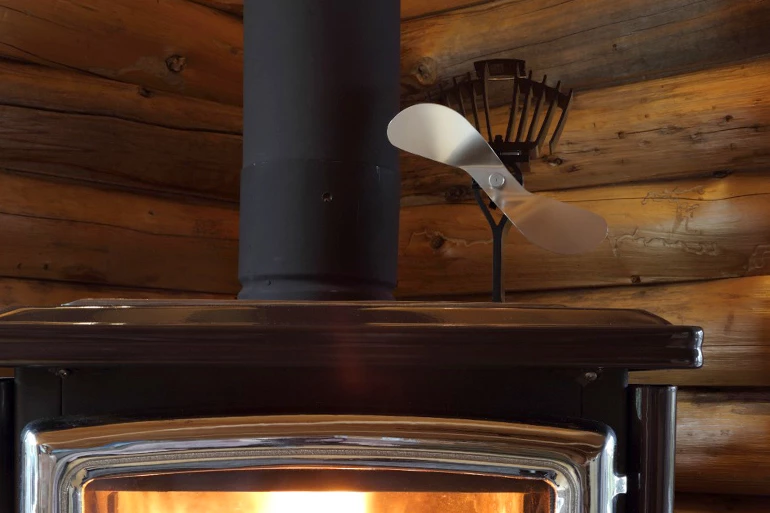The Caframo Ecofan: Your One-Stop Comprehensive Guide
Free standing stoves provide a nostalgic feel, classic ambiance, and a rustic touch for people and homes across the world. The extremely popular Caframo Ecofan has, similarly, become a traditional heating and décor element for many people, far and wide, capitalizing on its efficiency-boosting abilities. With models designed for wood burning, pellet, and gas stoves, uncovering the mysterious magic behind this heat-displacing tool is a goal for those interested in, but not quite aware of, the most relevant details for eco fan use, purchase, and care; learning just how Ecofans work, the benefits of having them, and the tips and tricks for getting the most out of them will serve as an ultimate guide for both purchase and use of this reliable and well-received stove enhancement. Â
Continue below for details before the video.


